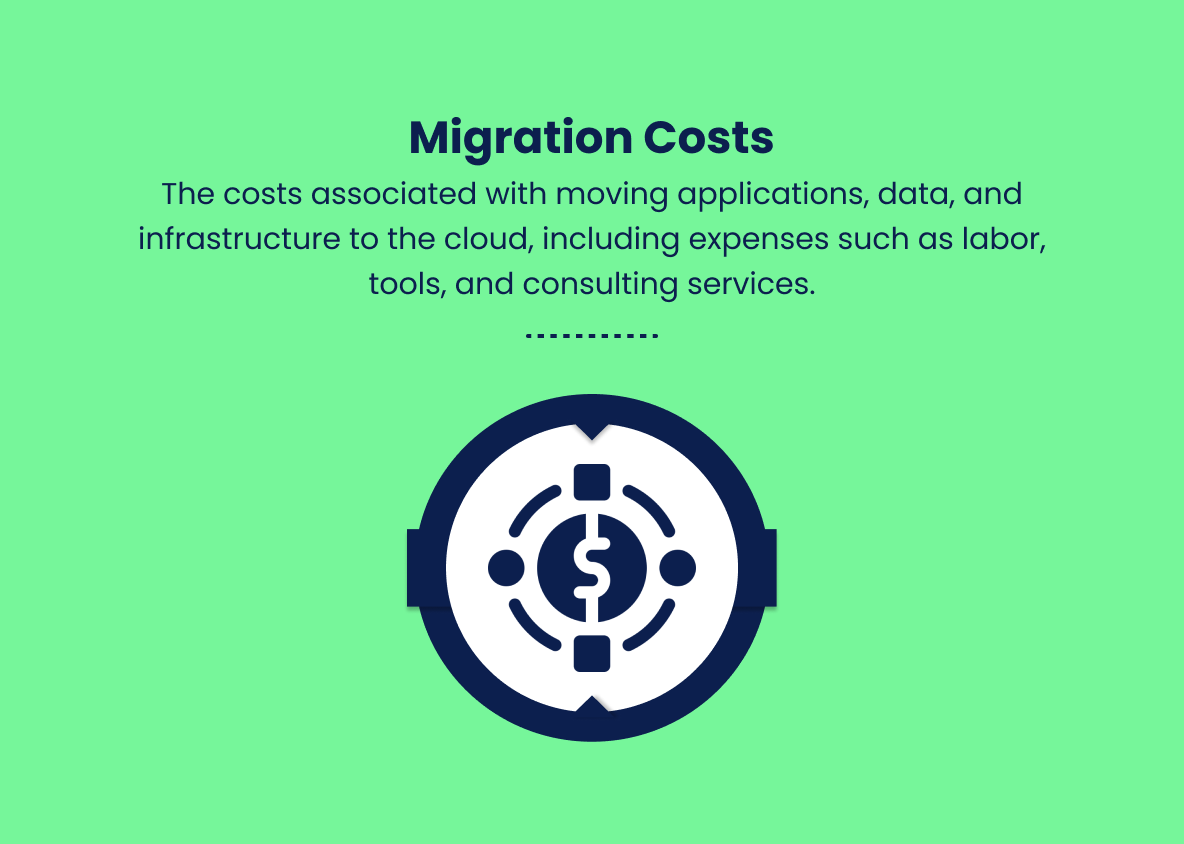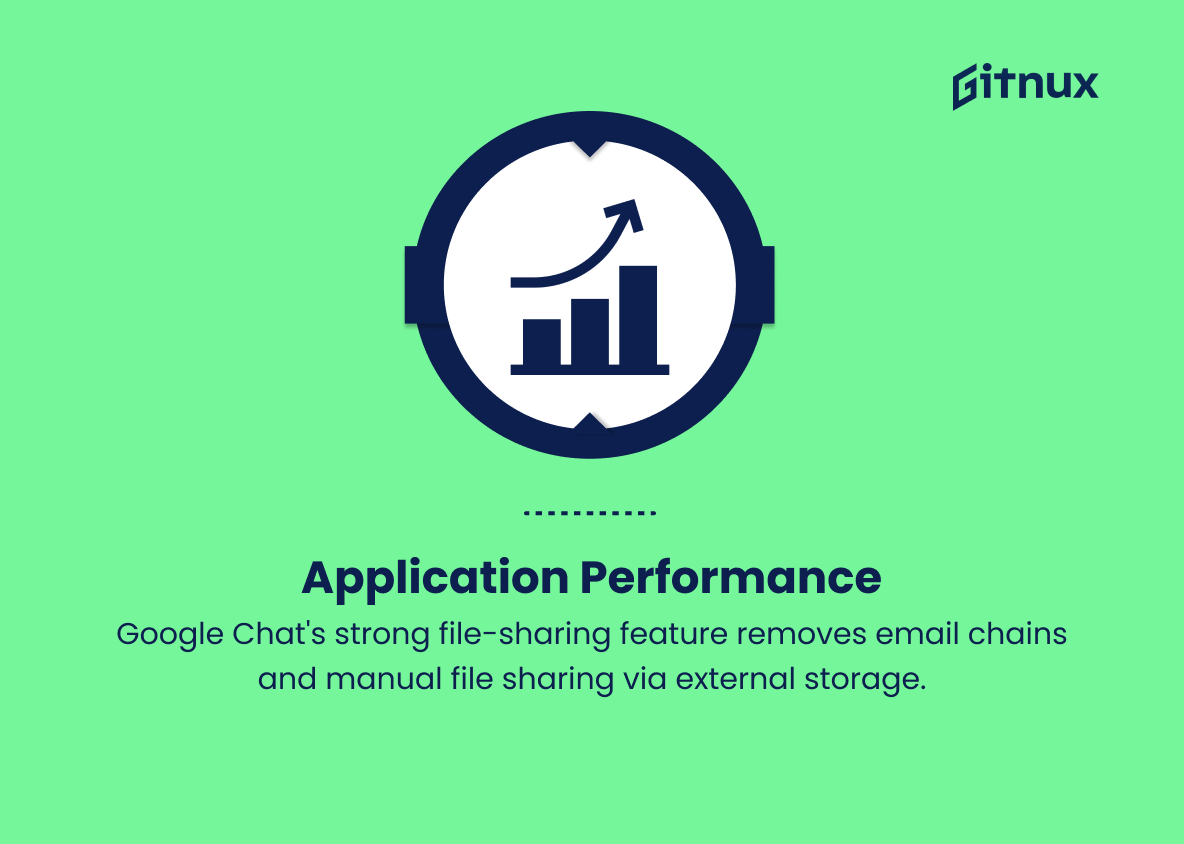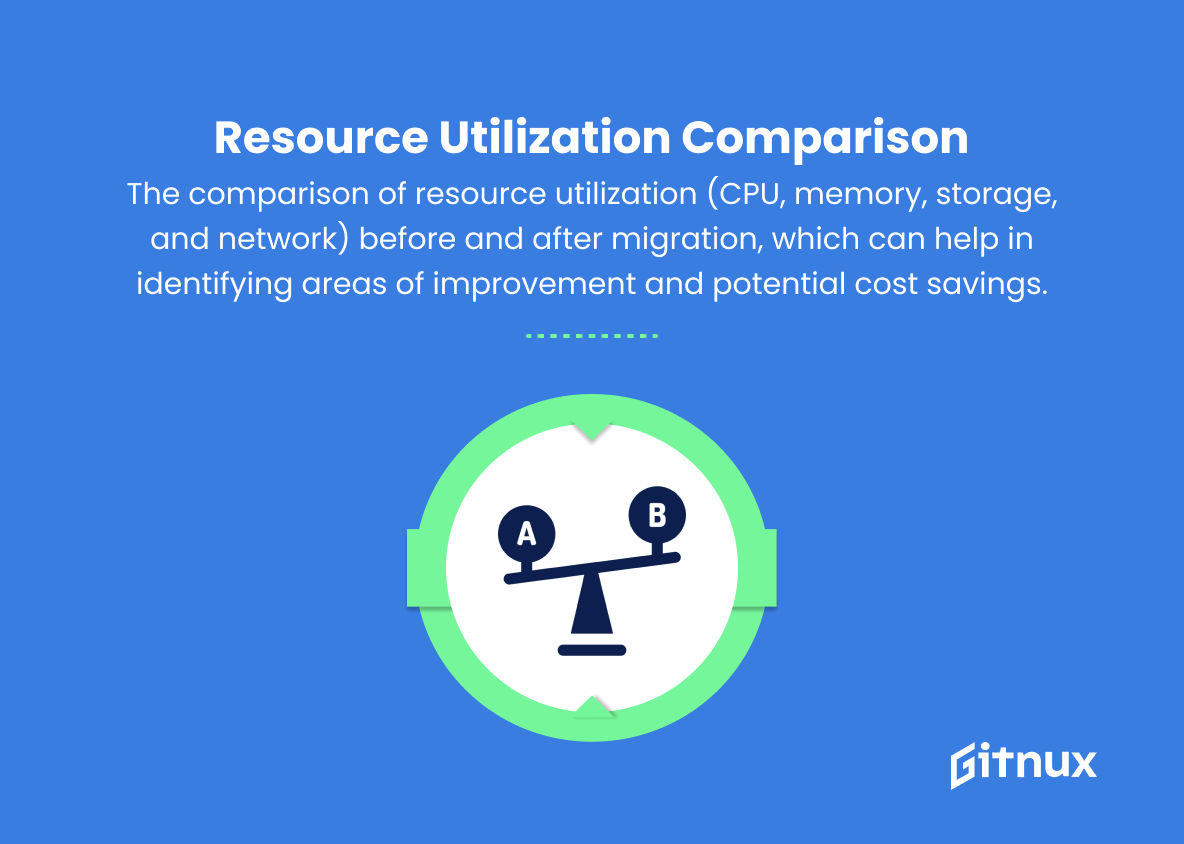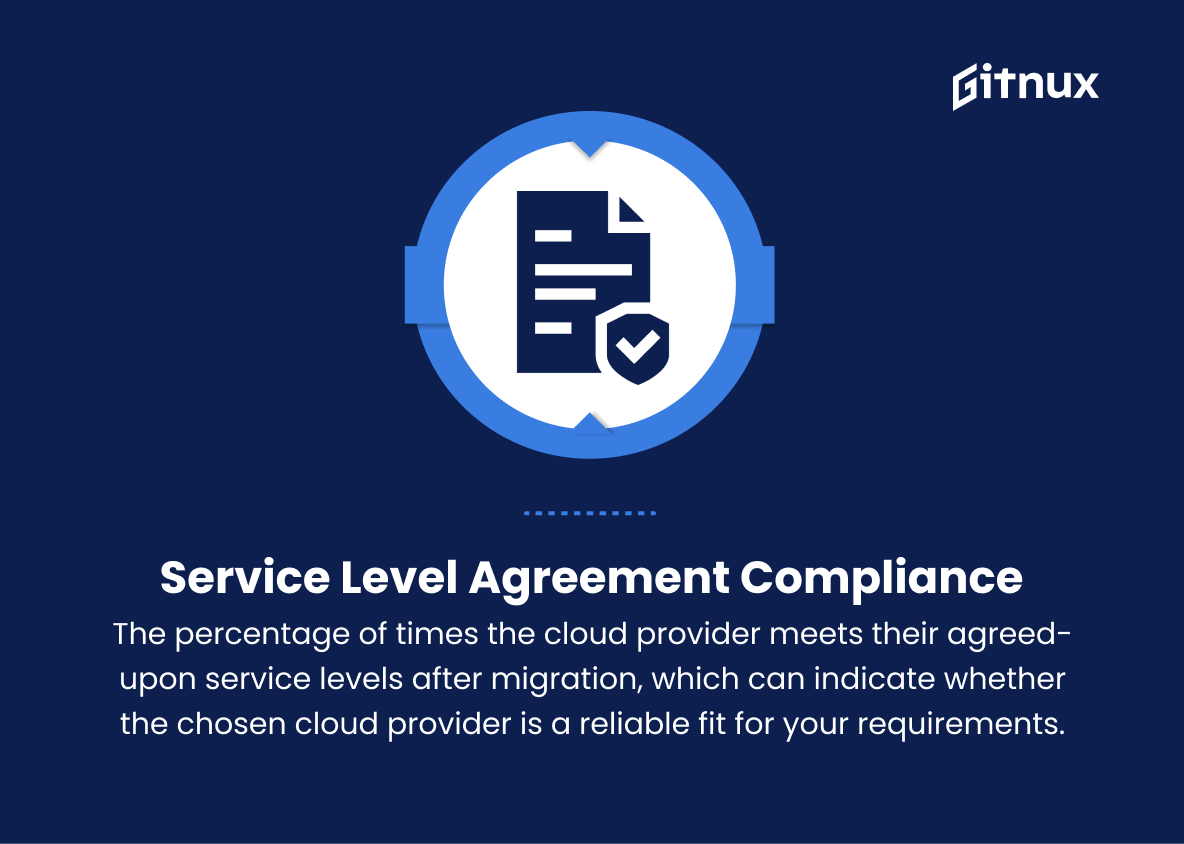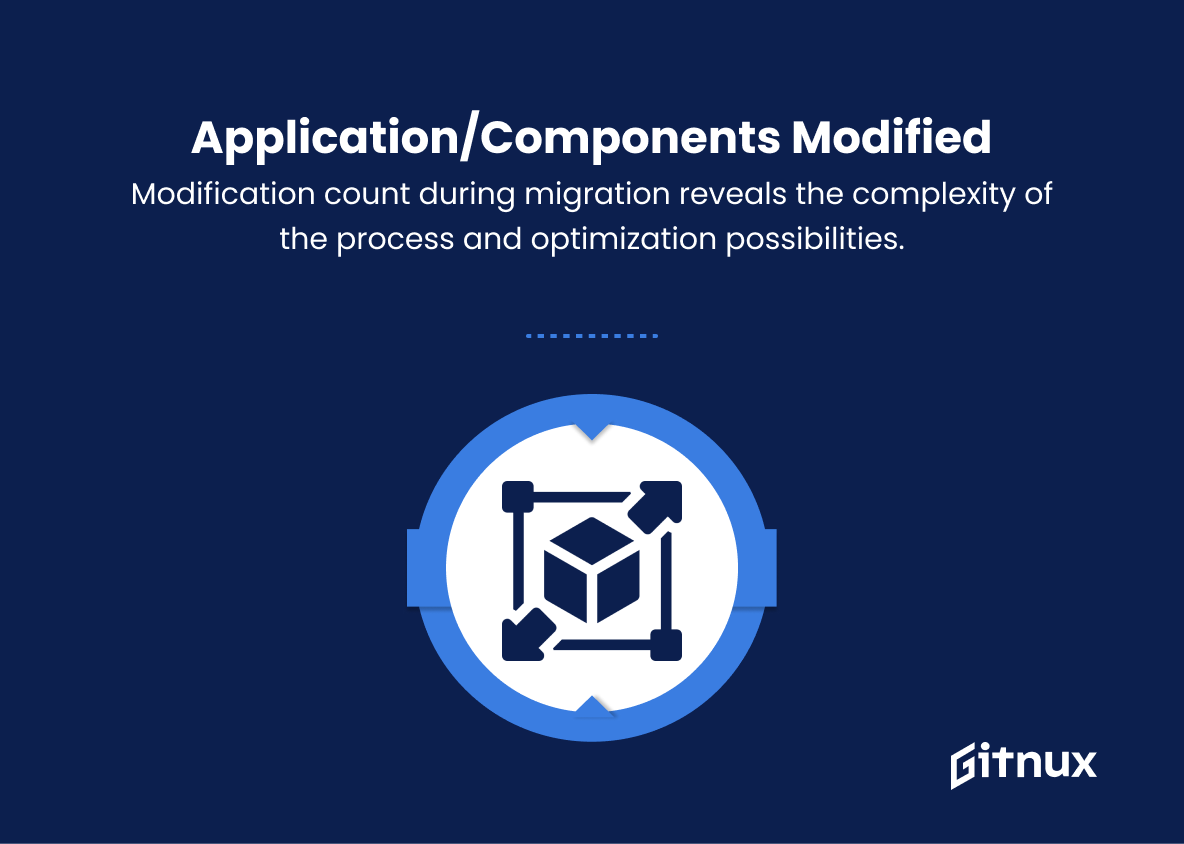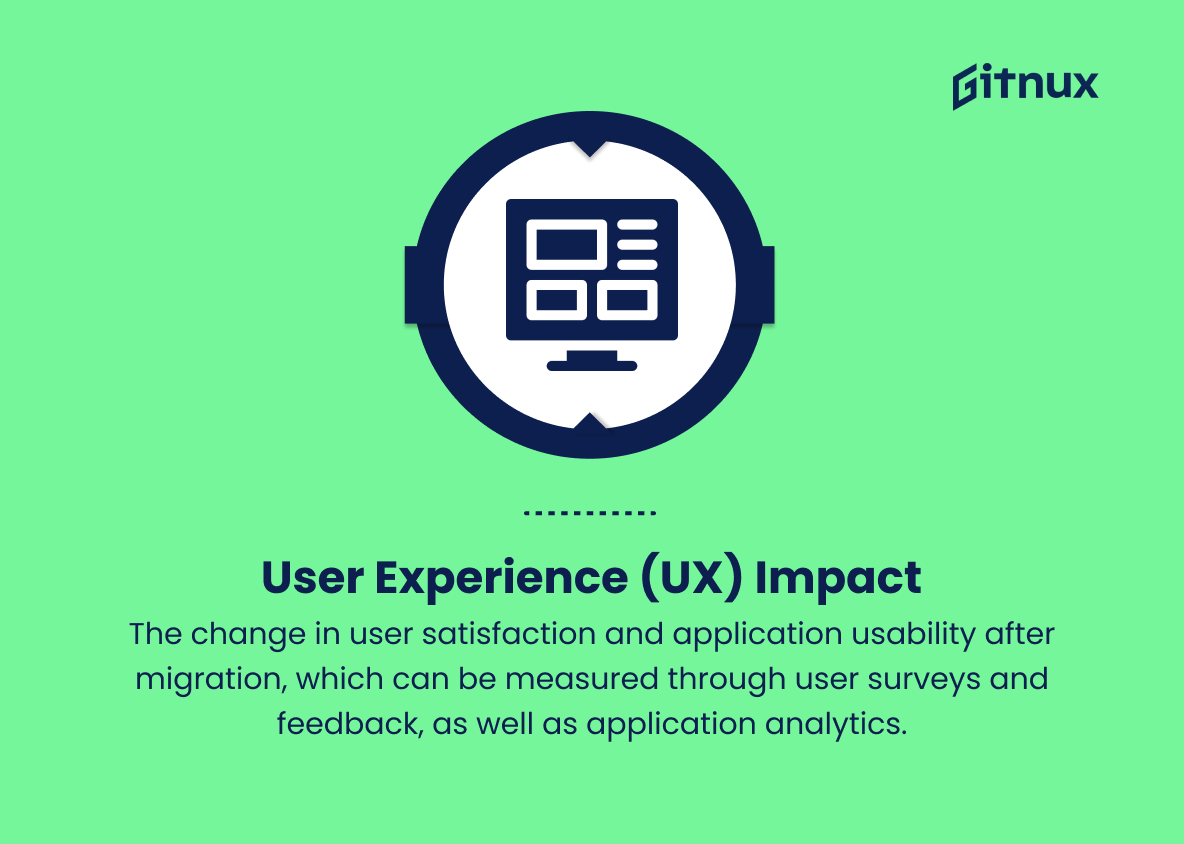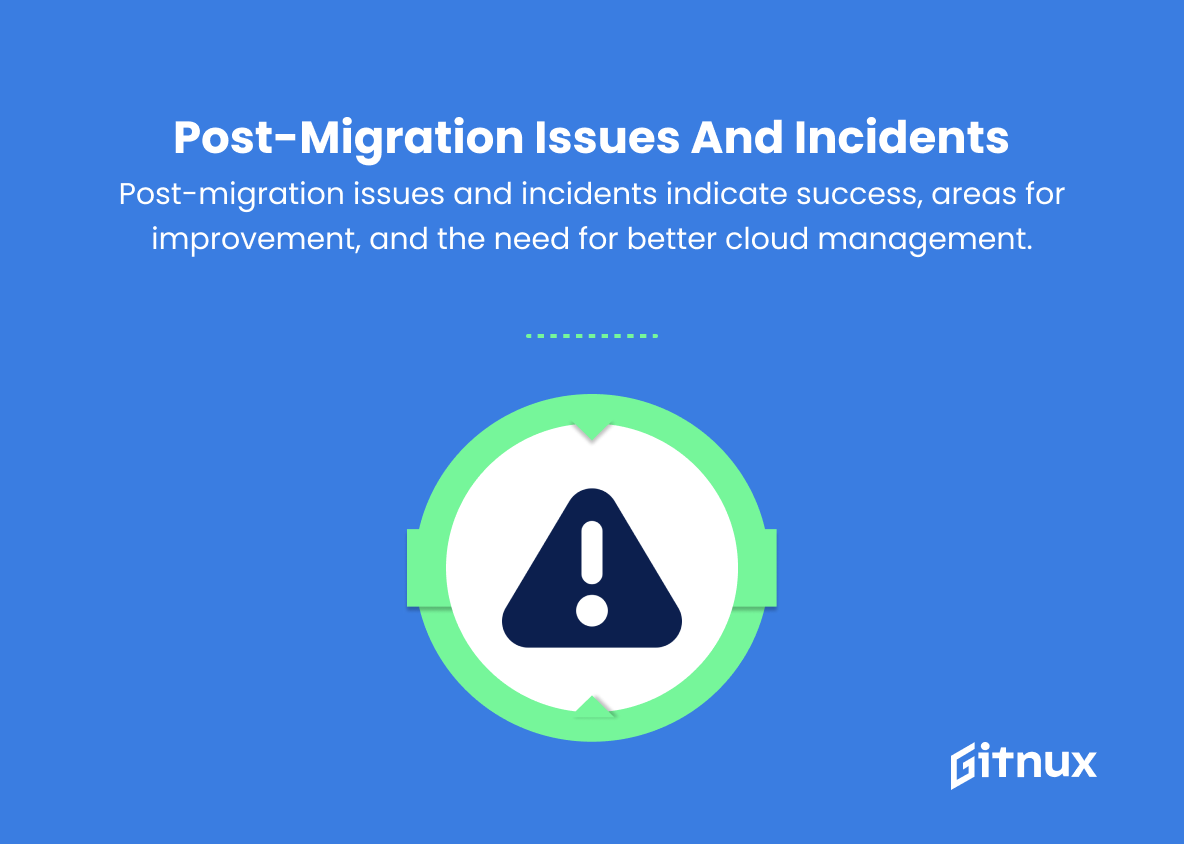In today’s rapidly evolving digital landscape, businesses are continuously seeking ways to improve efficiency, reduce costs, and achieve a competitive edge. Cloud migration has emerged as a critical strategic initiative for organizations looking to benefit from the flexibility, scalability, and innovation that the cloud offers.
However, the migration process can be complex, and success is measured by more than just a seamless transition. This is where Cloud Migration Metrics come into play. In this blog post, we delve into the essential metrics that organizations must track and analyze to ensure a successful cloud migration journey, minimize risks, and achieve optimal performance in their new cloud environments.
Cloud Migration Metrics You Should Know
1. Downtime
The amount of time the system is unavailable during the migration process. This metric is critical to ensure minimal disruption to users and services.
2. Migration costs
The costs associated with moving applications, data, and infrastructure to the cloud, including expenses such as labor, tools, and consulting services.
3. Time to migrate
The duration of the entire migration process, from planning to completion. This metric helps in tracking the efficiency of the migration team and progress of the project.
4. Re-hosting / Re-platforming frequency
The number of applications that require re-hosting (lift-and-shift) or re-platforming (modifying the application architecture) during migration. This metric can indicate whether the application portfolio is cloud-ready.
5. Application performance
The change in applications’ performance, such as response time and throughput, after migrating to the cloud. This metric helps in evaluating whether the cloud environment is providing the expected performance improvements.
6. Pre- and post-migration resource utilization
The comparison of resource utilization (CPU, memory, storage, and network) before and after migration, which can help in identifying areas of improvement and potential cost savings.
7. Service level agreement (SLA) compliance
The percentage of times the cloud provider meets their agreed-upon service levels after migration, which can indicate whether the chosen cloud provider is a reliable fit for your requirements.
8. Security and compliance
The change in the risk profile of the migrated applications and infrastructure, including potential vulnerabilities, data breaches, and compliance with regulations such as GDPR (General Data Protection Regulation) and HIPAA (Health Insurance Portability and Accountability Act).
9. Cloud resource optimization
The extent to which migrated resources are optimized for cost and performance in the cloud, including factors such as right-sizing instances, eliminating unused resources, and adopting autoscaling.
10. Application/components modified
The number of applications or components that required modifications during migration, which can help in understanding the complexity of the migration process and identify opportunities for optimization.
11. User experience (UX) impact
The change in user satisfaction and application usability after migration, which can be measured through user surveys and feedback, as well as application analytics.
12. Post-migration issues and incidents
The number of issues and incidents that occurred after migration, which can be used to evaluate the migration’s success, plan post-migration improvements, and identify areas for better cloud management.
Cloud Migration Metrics Explained
Downtime is an essential cloud migration metric as it ensures minimal disruption to users and services during the migration process. Migration costs, which include expenses related to labor, tools, and consulting services, help determine the financial investment required for migration. Time to migrate is crucial to track the efficiency of the migration team and project progress. Re-hosting/Re-platforming frequency signifies whether the application portfolio is cloud-ready or not. Application performance evaluates the expected performance improvements provided by the cloud environment. Pre and post-migration resource utilization comparisons help identify improvement areas and potential cost savings. SLA compliance indicates the reliability of the chosen cloud provider.
Security and compliance examine the risk profile of migrated applications and infrastructure in accordance with regulations like GDPR and HIPAA. Cloud resource optimization is essential to ensure cost and performance efficiency in the cloud. Application/components modified assess the complexity of the migration process and identify opportunities for optimization. User experience (UX) impact measures user satisfaction and application usability after migration. Post-migration issues and incidents help evaluate migration success and identify areas for better cloud management.
Conclusion
In conclusion, measuring the success of your cloud migration is integral to optimizing costs, ensuring security, and ultimately, realizing the full potential of the cloud. Adequate attention must be given to identifying and tracking critical cloud migration metrics such as downtime, costs, performance, and security.
By closely monitoring these metrics and making data-driven decisions, a successful cloud migration process can be guaranteed, creating value for your organization in the long run. So, as you embark on your journey towards cloud migration, keep these key metrics in mind and use them as a guiding beacon to navigate your path to seamless cloud integration.

